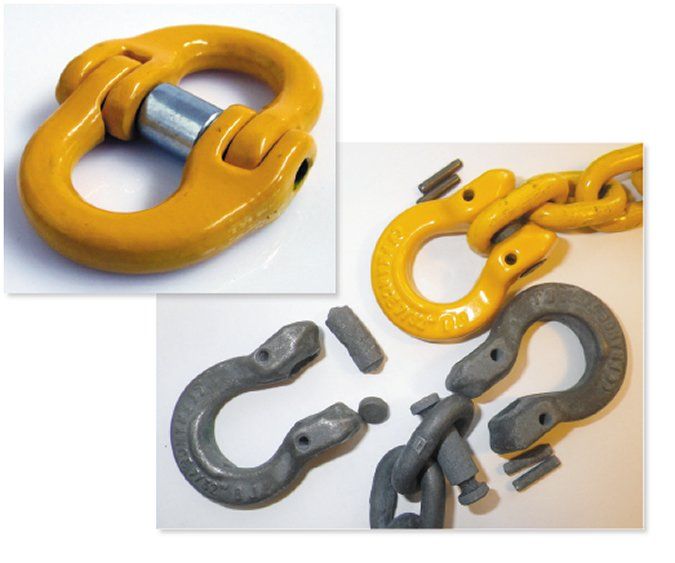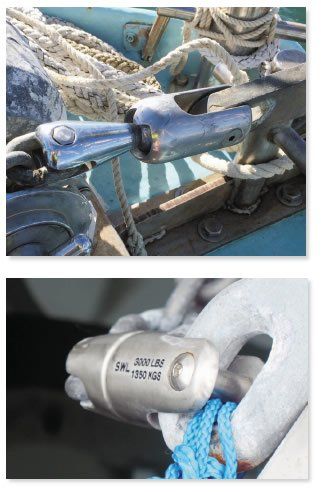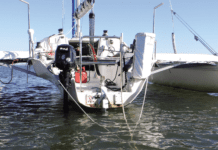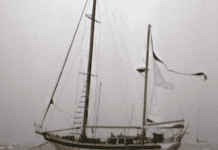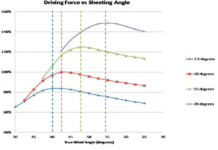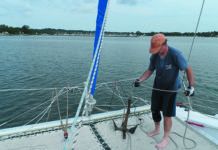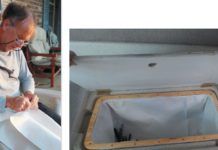Ground Tackle Inspection Tips
Your anchoring system is only as strong as its weakest component, which includes not only the rode, but also shackles, splices, mooring bitts, cleats - in short, any gear used to secure your boat while at anchor. Proper maintenance includes inspection of these as well as laying the rode out for thorough examination at least annually.
The Science of Stern Anchoring
Sailboats yaw at anchor. In prior reports we discussed seriously yawing can compromise anchor security, and we talked about how a riding sail can...
Anchorage Tactics for Sudden Storms
On August 18, a sudden, violent storm ripped through the island of Corsica, packing winds up to 140 mph and tossing once safely moored...
Setting Up Your Own ‘Floating’ Genoa Lead
When setting up a floating lead system, you need to establish the maximum range of positions you may need. With a track system, the...
Other Methods to Control Yaw
Yawing is the result of imbalance between windage (you want it aft) and underwater resistance (you want it forward). If the center of windage...
Drogues to Dampen Yaw
A leading cause of anchor dragging is yawing so vigorously that either the soil around the anchor is liquefied, or the anchor simply capsizes....
Tips on Anchoring In Mud
Perhaps this seems like going back to school, but procedure can be critical in soft mud, and I’ll wager most old cruising hands from...
Bottomless Lockers Be Gone
Storage is a challenge on small boats, and my new-to-me Corsair Marine F-24 trimaran was particularly Spartan this regard. The skinny hulls provided minimum volume and the race-focused designer intentionally omitted proper lockers. A performance-oriented boat such as this must be kept light if she is to sail to her potential. But even day sailers and racers attract a certain amount of necessary clutter, sure as honey attracts flies. Something had to be done, and yet, as a new owner its tough to know what will best suit your needs and what the boat needs. Its even harder to cut the first hole. This project was 100 percent non-invasive.
New Goyer Guard vs. Firehose
One of the quickest ways to lose your floating investment is to chafe through a dock line or mooring pendant, sending your boat smashing into the neighboring slip or a rock jetty. It has been a while since we tested chafe gear (see PS October 2012), so when a new product came across our radar, we jumped on the chance to test it.
Controlling Motion: Two Case Studies
Securing a small boat between pilings in a wrong-sized slip is a common challenge. The dock line angles from the dolphins (outlying pilings) are too narrow for a beam wind, allowing the boat to dance around, increasing forces, chafe, and even making it difficult to stand in the cockpit. During a recent winter near-gale we measured dockline forces on several smaller boats that reached four times higher than the static wind load. If the recommended size dockline was used, the rope would be operating beyond its working load limit in real storms and could fail. Increasing the line diameter would result in more jerking and chafe.
































